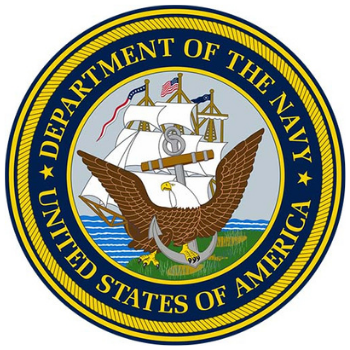One of the most rapidly growing threats to our national defense is the ability to secure the complex global supply chain of the microelectronic components integral to the nation’s defense systems. Due to technology’s rapid development and the evolution of the industry, microelectronic components are now primarily secured through global supply chains instead of through domestic manufacturing. This has significantly changed the risk exposure for the US military.
As the number of suppliers continued to grow and obfuscation between manufacturers, vendors, parts, and distributors continued to increase, NSWC Crane's role of proactive identification of risks along the logistics chain became harder and harder to accomplish utilizing the largely manual process they developed internally.
While effective, Crane’s process for risk identification was time-consuming and built for a time before the explosion of the use of globally sourced components.

